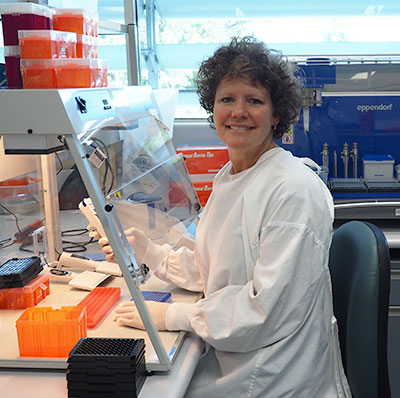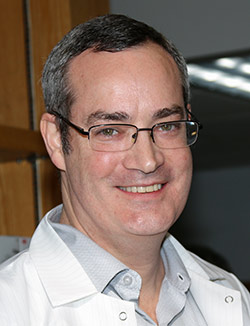Research Question
Critical to uncovering any novel means of eradicating latent HIV, the major impediment to a cure, is identifying the primary cellular sources of infection and the mechanisms underlying persistence of HIV reservoirs. And then, of course, determining what to do with that information in terms of a practical clinical treatment.
 Study Co-author Dr. Sarah Palmer
Study Co-author Dr. Sarah Palmer
Findings
The authors studied the blood of 24 people living with HIV, all but one male, who had been on effective antiretroviral therapy for 1.8 to 17.7 years. They found that, compared to other subsets of T cells, one of the four known types of CD4+ T cell, the so-called effector-memory TEM subset, had higher levels of integrated HIV that was capable of full growth. These viruses could persist despite the absence of mutations that could enable them to escape from surveillance by killer T cells.
Instead, one of the so-called accessory genes of HIV, Nef, appeared to promote such persistence. Nef can suppress the expression of specific host immune proteins on the surface of an infected cell, proteins required for killer T cells to do their job. One unexplored piece of this research was whether Nef expression was different for women, as the size of the HIV latent reservoir may be smaller in women.
 Study Co-author Dr. Peter Hunt
Study Co-author Dr. Peter Hunt
Impact
The authors concluded that their findings “posit effector memory T-cells as a key component of the HIV-1 reservoir and suggest Nef as an attractive therapeutic target.”
amfAR’s Role
amfAR was a funder of this research. Authors of the paper include amfAR grantees Dr. Sarah Palmer of The Westmead Institute for Medical Research, Sydney, Australia, and Dr. Peter Hunt of the University of California, San Francisco.
Original Article
http://www.ncbi.nlm.nih.gov/pubmed/35133986
Dr. Laurence is amfAR’s senior scientific consultant.